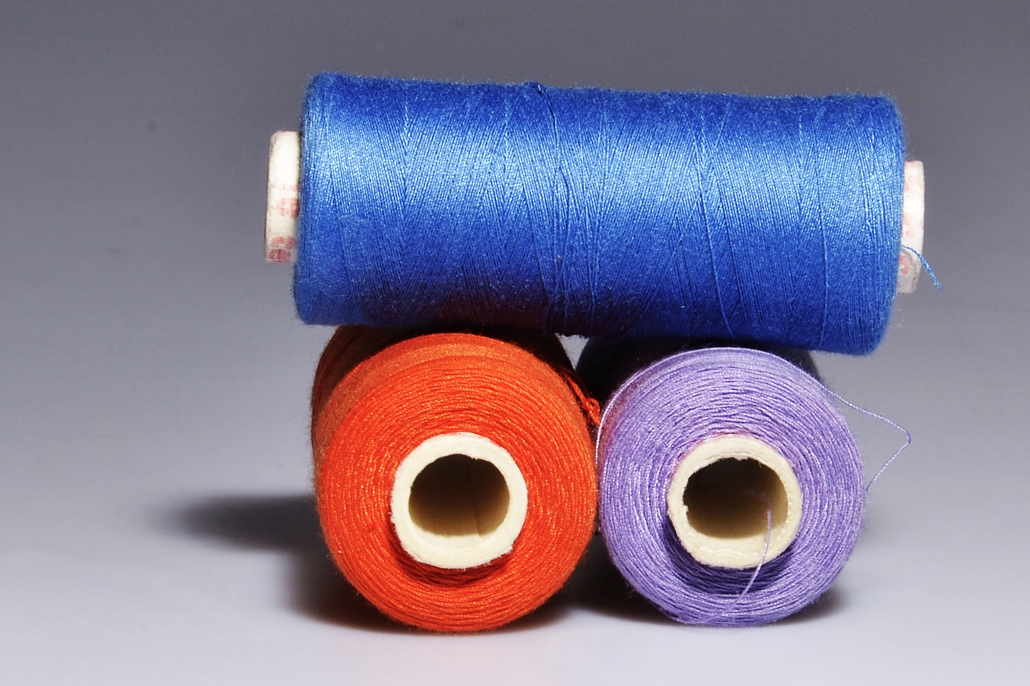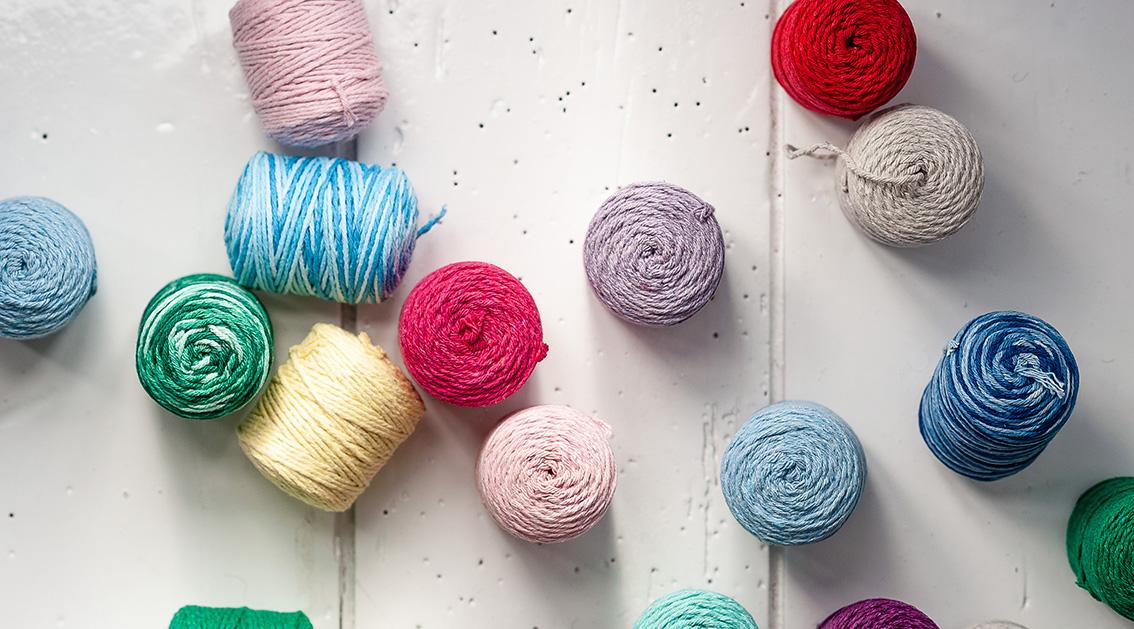Your passion for yarn never fades.
You’re looking to get something beautiful out of every ball, skein, or skein of yarn. you’re also here to share your passion with others and make a difference in your hobbies and life.
As the creator of knitting and crochet projects, you’re bound to be passionate about quality. Which means you want nothing but the best yarn for your projects, whether they’re for personal or commercial use.
Recycling yarn is a way to help conserve limited resources and impact on the environment. So, can you recycle yarn?
As a passionate crafter, you know the importance of using high-quality yarn for your projects. That’s why we created this informative article about recycling yarn.
Recycling yarn is the art of using old or surplus yarn to make a new piece of knitting or crochet. This helps reduce the amount of waste that ends up in landfill sites.
It also conserves natural resources and decreases the environmental impact of producing new yarn from raw materials such as cotton or wool.
Recycling yarn is a way to prolong the lifespan of your old yarn and create something completely new.
However, recycling yarn isn’t always possible because different types of yarns have different properties. Some yarns can be successfully recycled into something new and others can’t.
If you’re passionate about craft and creating beautiful projects from high-quality materials, reading on to learn if you can recycle yarn and what you’ll need to know to recycle your yarns correctly is a must.
Can You Recycle Yarn?
Contents
Yarns cannot be recycled endlessly in the same way that you can recycle paper or glass.
This may come as a surprise or surprise some knitters and crocheters, who regularly re-use excess yarns in new projects.
There are no set rules regarding what can and cannot be recycled, each recycling company will have different policies on their recycling centre as to what can and cannot be recycled.
It won’t miraculously convert into a fresh piece of yarn, but recycling can make older yarns easier to use and create new pieces without depleting the raw material reserves available to manufacturers.
Yarn isn’t accepted for recycling at many recycling centres, in part because it’s a relatively small and niche product compared to larger household items such as scrap plastic, that can be recycled over and over again without wearing out.
Don’t worry if you don’t have access recycling options in your area – there are ways to get your old yarn useful again.
You may, for example, be able to find a local charity that accepts unwanted yarn donations and uses the yarn to make animals and blankets for those in need.
Is Yarn Environmentally Friendly?
If you use yarns for fabric making or any other activity, you must take proper care of your yarns and make them use for a long time.
Even if you’ve seen these varied materials, but don’t know which to use when, have a look at the below article to know how to use each material.
Despite the fact that all of these materials have eco-friendly properties, there are some which stand out from the rest.
The reason for this statement is that these fibers come from renewable resources, which means that they are not likely to deplete into the environment if used properly.
How to Donate Yarn
My preferred method of dispose of half skeins is to repurpose them with other yarns such as two different acrylic yarns paired together to make a nice and generous sock yarn.
I’ve even purchased Goodwill socks for a dollar and repurposed the yarn into a “matching” sock yarn.
Donating the yarn itself is a great idea as well, but personally I like to put the yarn to good use.
Because each charity store has its own laws and regulations, there may not be a way to do this in your area, so you’ll have to check around or ask in advance.
Ask your local charity store if they accept donations of yarn and if they do, find out which yarns they do and do not accept.
However, this isn’t the way to deal with your leftover yarn: when you’re looking for things to do with your leftover yarn, keep in mind that some charities and nonprofits won’t accept donations of used yarn at all.
If you’re on AllFreeKnitting, you’re clearly a creative person who’s always looking for new things to do with your leftover yarn.
How Do You Recycle Yarn?

Yarn is a popular substance that may sometimes pile up in little ball and you need some ways to use it and to get rid of it.
Many people are confused as to how to recycle yarn and cloth because they don’t know the different types of recycling and disposal available in their communities.
Some cities make a habit of collecting all textiles and scrap fabrics for recycling and reuse purposes.
Although it is not as simple to reuse the melted Styrofoam as it is with plastic containers, this is at least a small step in reducing the great amount of waste being created from Styrofoam products.
Most types of yarn may pose a challenge to some recyclers.
Acrylic is difficult to recycle because unlike wool and cotton which can be recycled through heat, acrylic is melted and re-spun into acrylic fibers for clothing and other items.
Consider repurposing a yarn that has already had a purpose by using it as a dye colorant.
As long as the spools and skeins have not been opened, they will likely be recycled through yarn mills and used for manufacturing new yarn products.
Repurposing your old yarn into a funky knitted scarf or hat will allow you to enjoy a fun project while reducing your environmental footprint by purchasing items that would otherwise end up in a garbage land fill.
Also Read: Can You Recycle Ice Packs?
How to Reuse Old Yarn?
Repurposing Yarn Strands for a Variety of Projects With a little time and expertise, you could easily transform old string, yarn and thread into a variety of useful items.
Unraveling old yarn and rolling it into balls is an excellent way to repurpose old yarn odds and ends for a variety of creative projects.
Follow the methods below to weave and knit with recycled fiber.
- Remove old yarn from balls and store them in zip lock bags.
- When you tug on the two ends of a piece of thread, it unravels.
- If you’re having trouble pulling the thread apart, try spraying a vinegar-water solution on it, which will make the thread easier to pull apart.
- To make a ball, wind the string onto a cardboard spool tightly, then tie a knot in the end.
- The yarn will pile up, leaving some room between each strand.
- Continue wrapping the yarn around the spool until the ball is evenly and firmly filled.
- You may find free patterns for hats, mittens, scarves and dishcloths.
- Make a new masterpiece with old yarn.
Conclusion
We are one step closer to conserving the ocean for the next generations.
As a result, recycling yarn can save countless amounts of materials that would otherwise end up in the garbage land fill.
Recycled yarn accounts for a large portion of recycled fiber in manufacturing and should also register as a household recycling item.
Recycling conserves natural resources while reducing our dependence on virgin materials.
Once employed, this fiber is used to make a variety of useful products ranging from clothing to shoes to carpets to packaging and toys.





